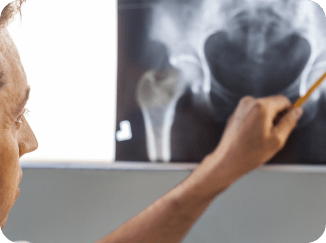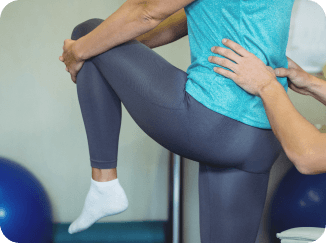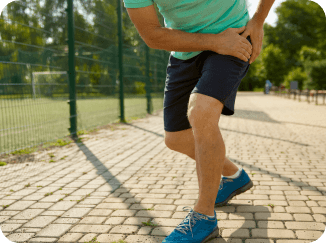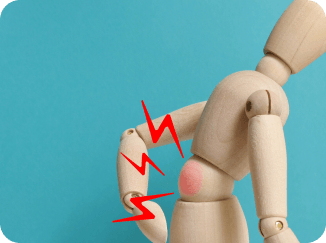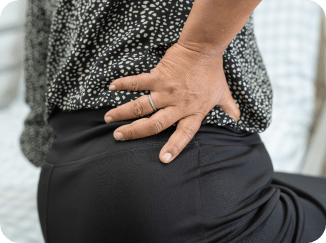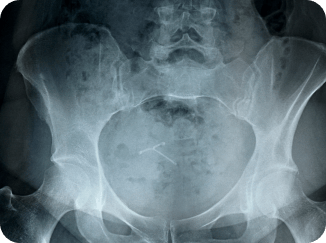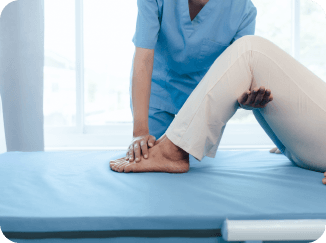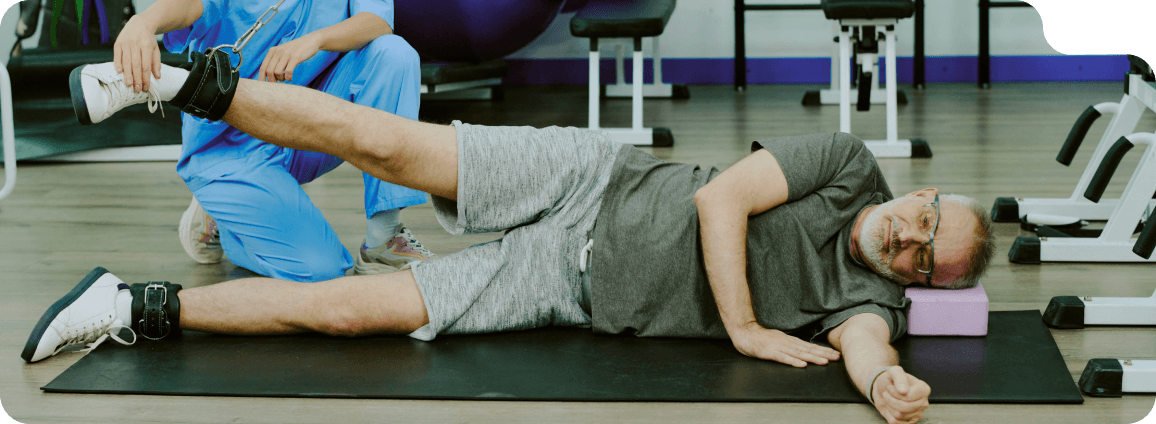What is a hip injury?

A hip injury is defined as trauma or damage to the hip joint, including fractures, muscle tears, sprains, and impingement. These types of injuries are common among active individuals and the elderly and can be caused by falls, overuse, and muscle or bone degeneration.
The hip joint is the largest joint in the human body, making it often difficult to self-assess the source and reason for the pain. If you’re experiencing a persistent pain in your hip or pain that interferes with your daily life, you should get it assessed by experienced physiotherapists.
